Woodpeckers in Winter: Who’s Knocking in Your Yard?
If you’ve ever heard a steady tapping on a tree in the middle of winter, chances are you’ve been visited by one of New England’s most fascinating feathered friends—the woodpecker. These birds are hardy, resourceful, and surprisingly diverse, making them a delight to spot during the colder months.
Three of the most common woodpeckers in Massachusetts backyards are the downy woodpecker, hairy woodpecker, and the red-bellied woodpecker. These species stick around all year, braving the New England chill in search of food and shelter. In this post, we’ll explore how to attract these charismatic birds to your yard and make them feel at home this winter.
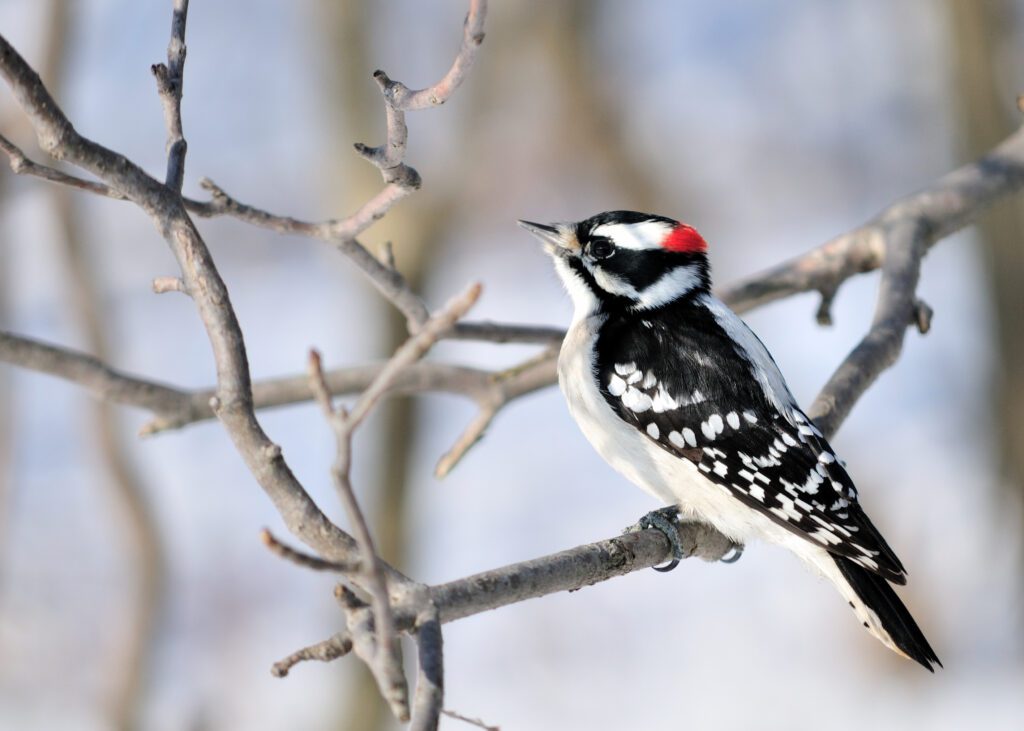
Meet the Woodpeckers in Your Yard
Each of these woodpecker species has its own unique characteristics, but they all bring energy and beauty to your backyard.
- Downy Woodpecker: The smallest of the three, downy woodpeckers are about 6-7 inches long. Their short bill and compact size make them easy to spot at feeders, and they’re often the boldest visitors.
- Hairy Woodpecker: Larger than their downy cousins at 9-10 inches, hairy woodpeckers have a longer bill and a preference for wooded areas, though they will venture into backyards with the right setup.
- Red-Bellied Woodpecker: Don’t let the name fool you—the faint reddish tint on their belly is often hard to see! These medium-sized woodpeckers (9-10.5 inches) are known for their striking red head and neck and beautiful barred black-and-white backs. Though more common in wooded areas, they’ve become frequent visitors to feeders in suburban yards.
Winter Feeding: What Woodpeckers Love
In winter, food is scarce for noisy little friends, so offering a reliable food source in your yard can make a big difference. Here’s what to serve to attract downy, hairy, and red-bellied woodpeckers:
- Suet: A high-energy food that all three species love. Look for suet cakes with added seeds, nuts, or fruit to appeal to a wide range of tastes. Use a suet cage to keep squirrels at bay while giving woodpeckers easy access.
- Peanuts: Whether whole or shelled, peanuts are a protein-packed favorite. Use a peanut feeder or mix them into suet to provide the extra energy woodpeckers need during cold months.
- Black-Oil Sunflower Seeds: While not their primary food, woodpeckers will snack on these seeds if they’re available in your feeders. They’re a great choice if you want to attract multiple bird species.
- Mealworms: Dried mealworms are a nutritious treat, particularly for red-bellied woodpeckers, which often forage for insects during warmer months.
Pro Tip: Place feeders near trees or shrubs where woodpeckers feel safe. They prefer feeding spots close to cover so they can quickly retreat if needed.
Planting for Woodpeckers: Year-Round Support
While feeders are great, natural food and shelter are the ultimate draw for woodpeckers. Native trees and plants not only provide sustenance but also give these birds a place to nest and roost.
- Pines: A go-to for woodpeckers, pines offer insects hiding in their bark and dense branches for shelter. Red-bellied woodpeckers, in particular, love the insects and seeds found in pines.
- Oaks: A classic favorite, oaks provide acorns for red-bellied and hairy woodpeckers while also attracting insects.
- Hickories: Known for their nuts and strong branches, hickories are another great option to support woodpeckers throughout the year.
- Snags (Dead Trees): If you have a dead or dying tree in a safe location, consider leaving it standing. Snags are natural nesting and foraging sites for all three species. If that’s not possible, installing a nest box can mimic the tree cavities they love.
Fun Facts
- Built-in Shock Absorbers: Woodpeckers can peck up to 20 times per second without hurting themselves! Their skulls are specially designed to absorb the impact, and their brains are tightly cushioned to prevent injury.
- Drumming for Communication: The tapping or drumming you hear isn’t just for finding food. Woodpeckers also drum on trees, poles, or even gutters to communicate with other woodpeckers, mark their territory, or attract a mate.
- Sticky Tongues for Snacking: Many woodpeckers have long, sticky tongues that can extend far beyond their beaks. This helps them extract insects from deep inside tree bark or crevices. Some species even have barbs on their tongues to snag their prey!
Woodpecker-Friendly Winter Tips
- Keep Feeders Full: Winter is tough on birds, so keeping suet and peanut feeders well-stocked is important for their survival.
- Provide Fresh Water: Use a heated birdbath to ensure woodpeckers and other birds have access to water, even in freezing temperatures.
- Watch for Their Habits: Red-bellied woodpeckers may store food in tree crevices, while downy and hairy woodpeckers are often spotted tapping methodically as they forage.
Find Everything You Need at Mahoney’s
At Mahoney’s Garden Centers, we make it easy to support and enjoy birds this winter. From suet cakes and peanut feeders to native trees like oaks, hickories, and pines, we have everything you need to turn your yard into a woodpecker haven. Our knowledgeable staff can help you choose the right products and offer tips to make your backyard bird-friendly all year long.
Visit any one of our 7 locations or shop online to stock up on everything you need for woodpecker-friendly winter birding. With a little effort, you’ll soon be enjoying the sights and sounds of these fascinating birds right in your own backyard.

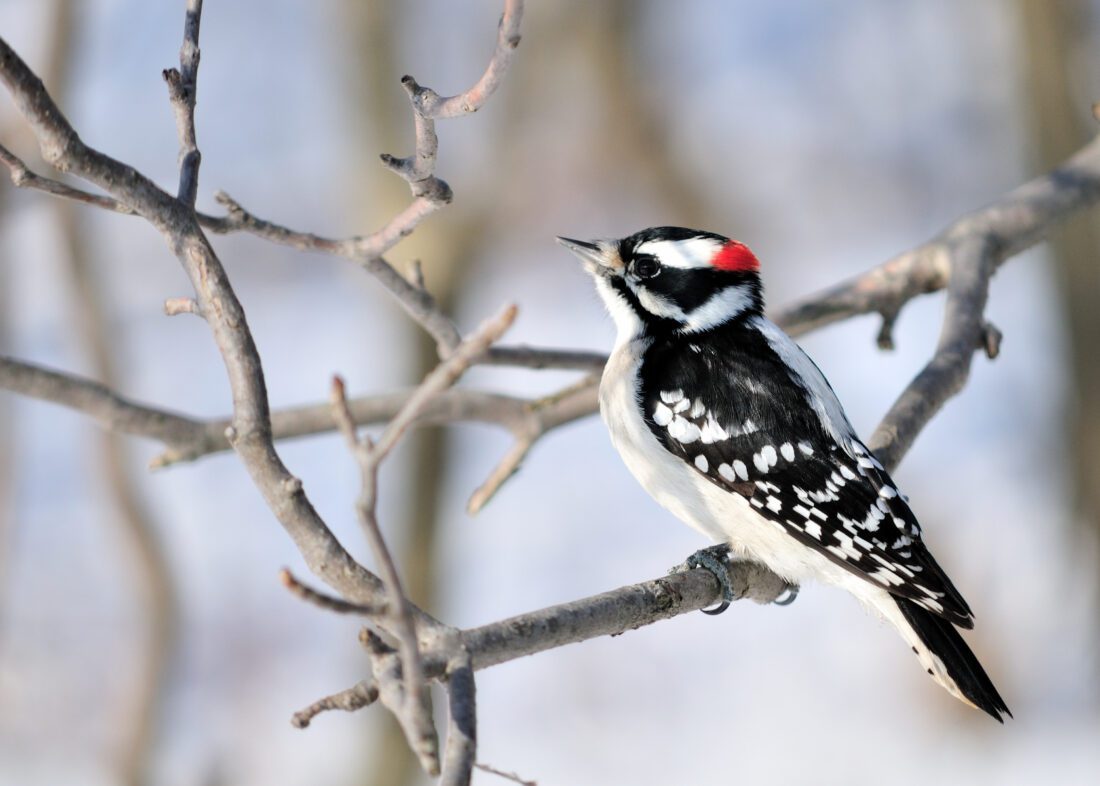
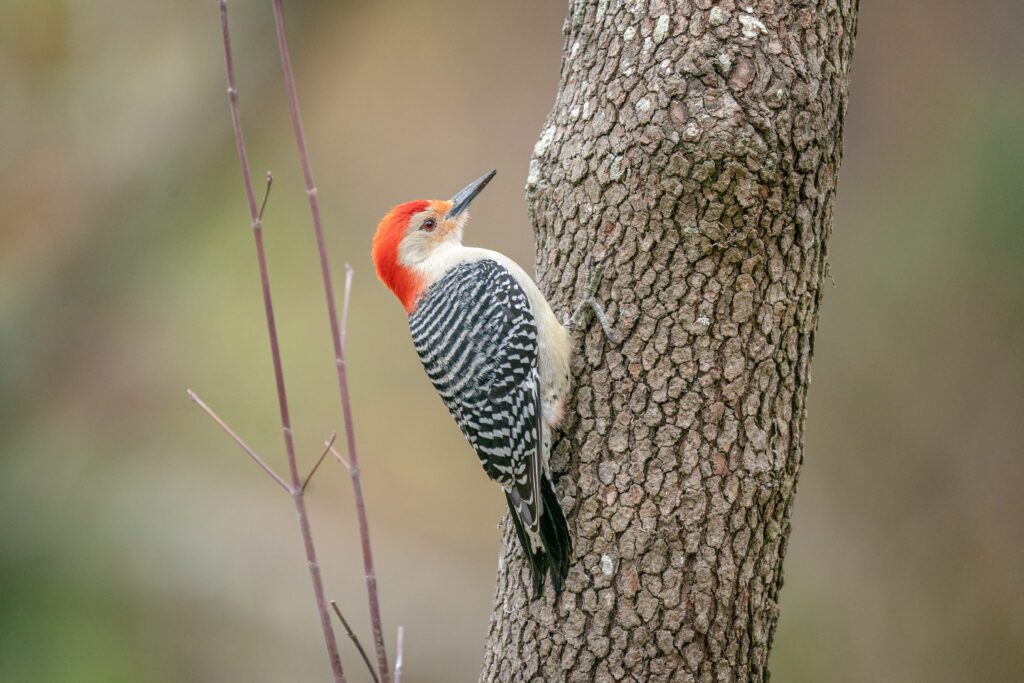
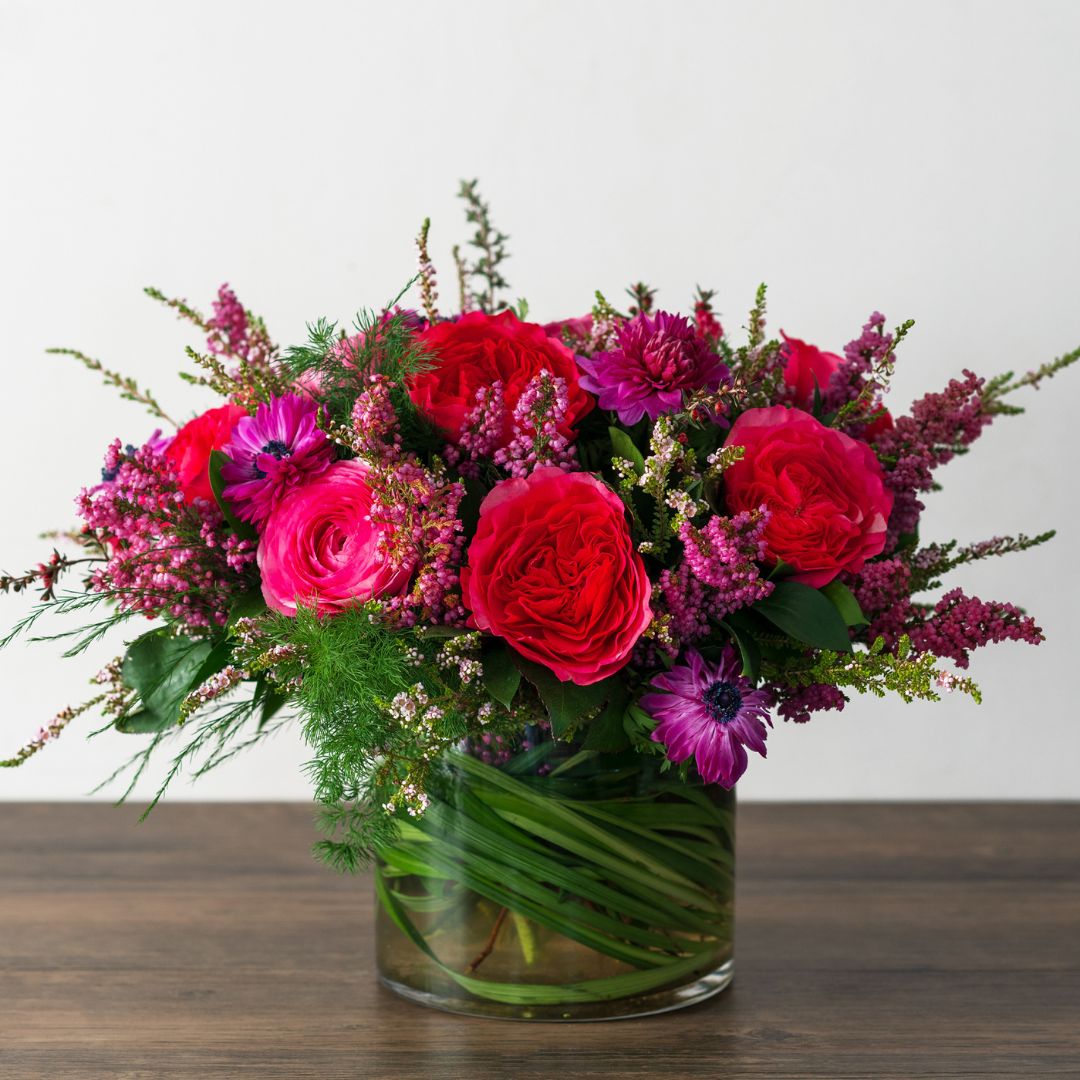
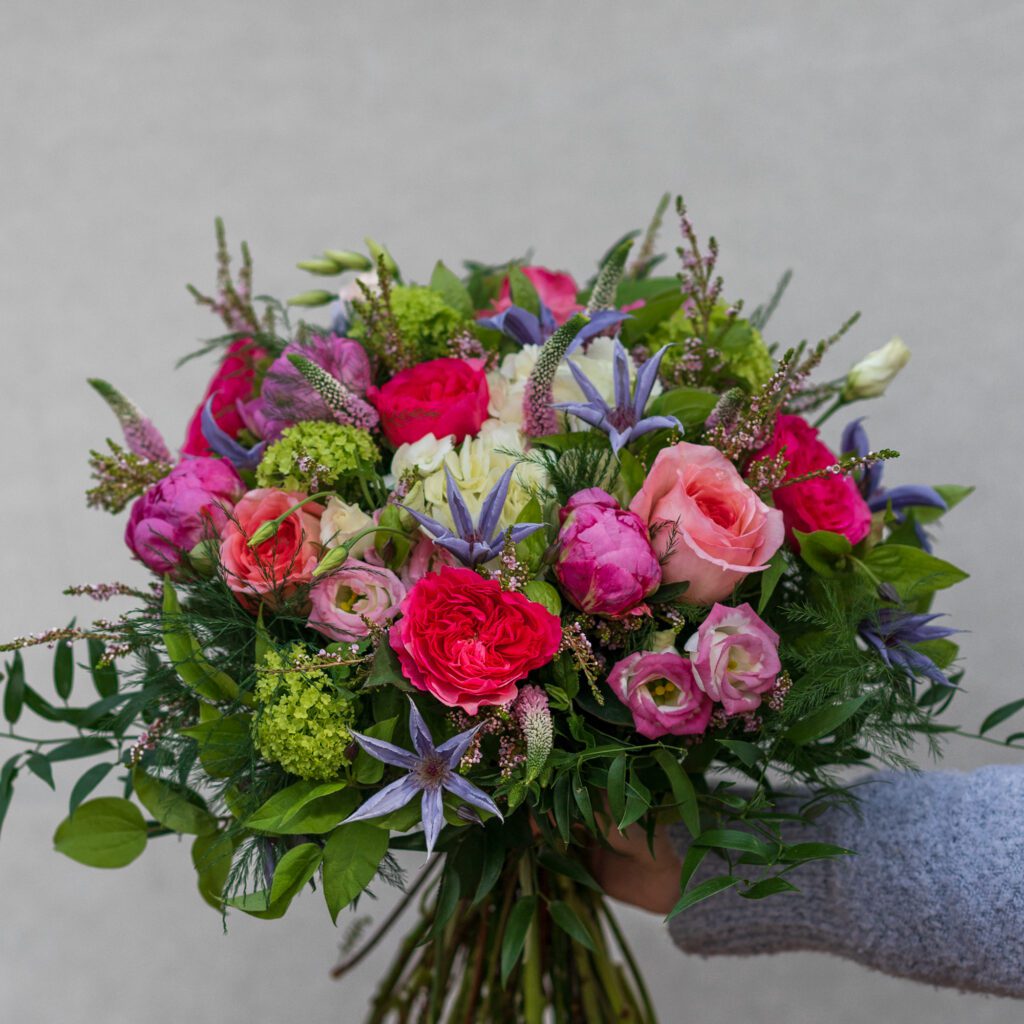
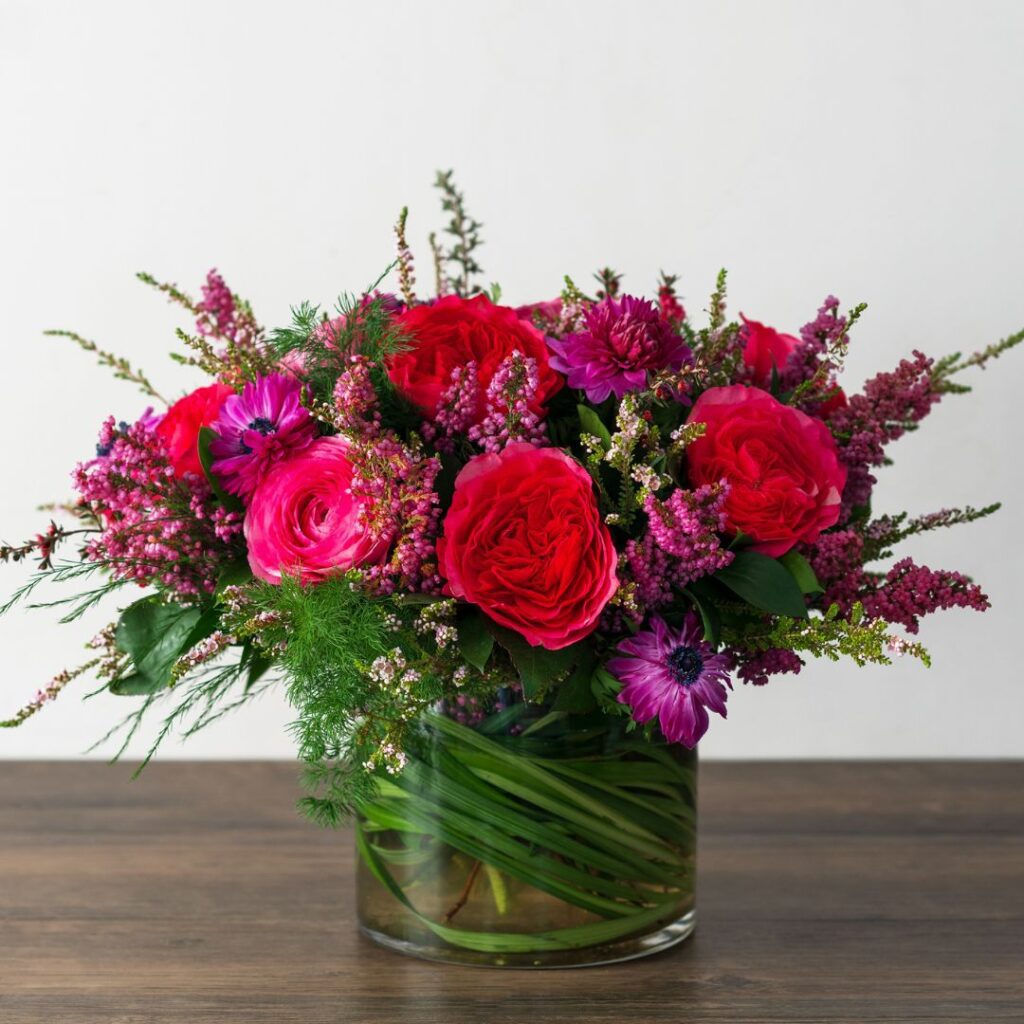
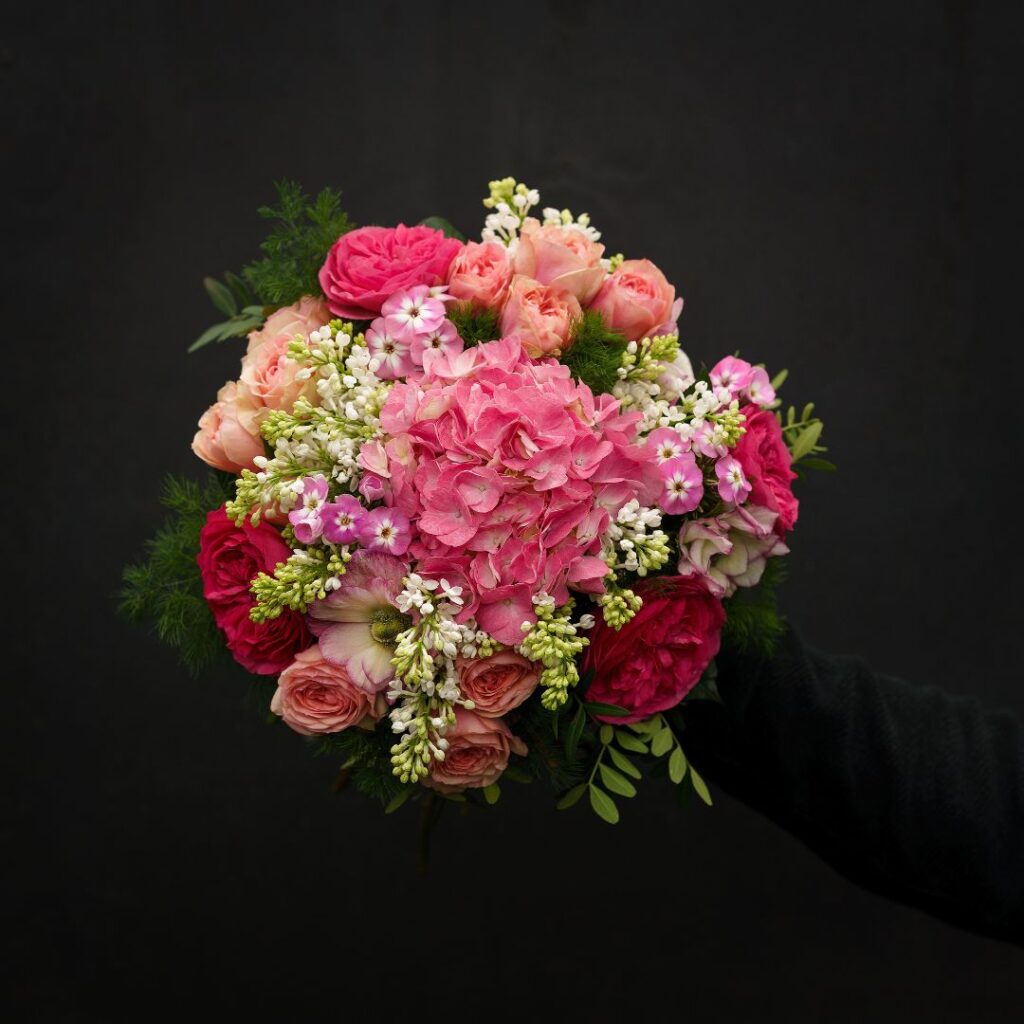

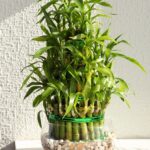 1. Lucky Bamboo (Dracaena sanderiana)
1. Lucky Bamboo (Dracaena sanderiana) 2. Money Tree (Pachira aquatica)
2. Money Tree (Pachira aquatica) 3. Orchids
3. Orchids 4. Citrus Trees
4. Citrus Trees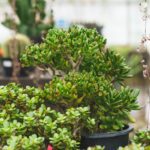 5. Jade Plant (Crassula ovata)
5. Jade Plant (Crassula ovata)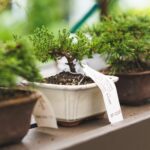 6. Bonsai
6. Bonsai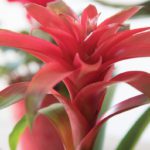 7. Bromeliad
7. Bromeliad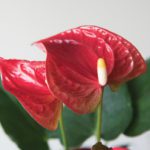 8. Anthurium (Flamingo Flower)
8. Anthurium (Flamingo Flower) 9. Peace Lily (Spathiphyllum)
9. Peace Lily (Spathiphyllum) 10. Pilea (Chinese Money Plant)
10. Pilea (Chinese Money Plant)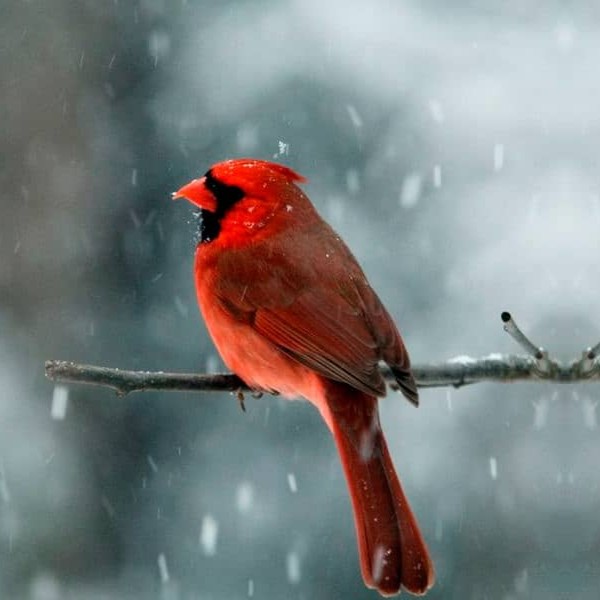

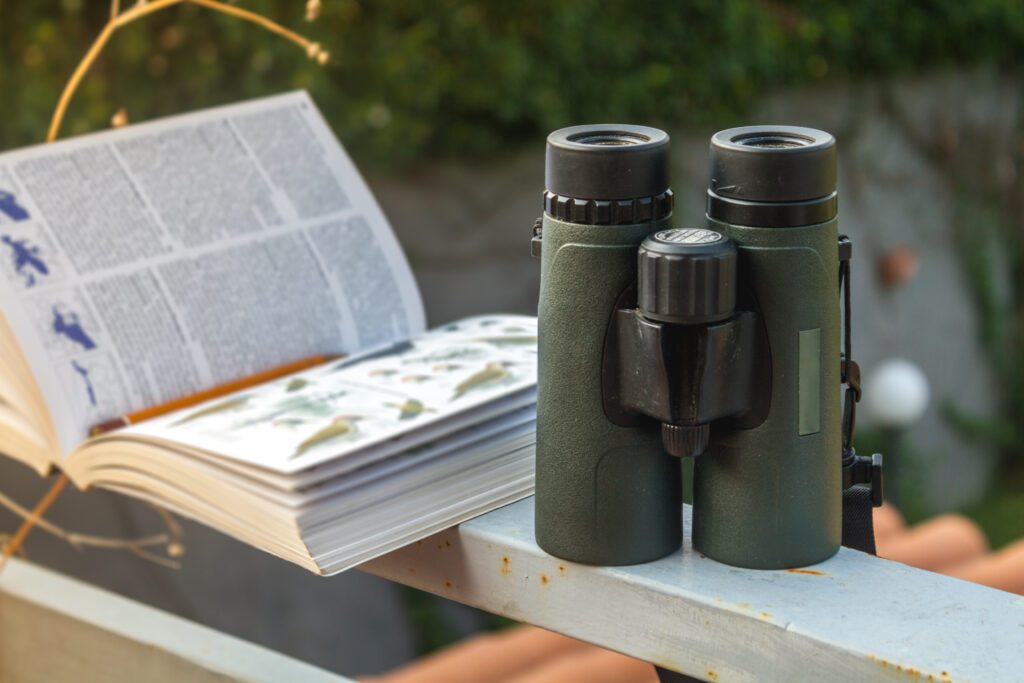

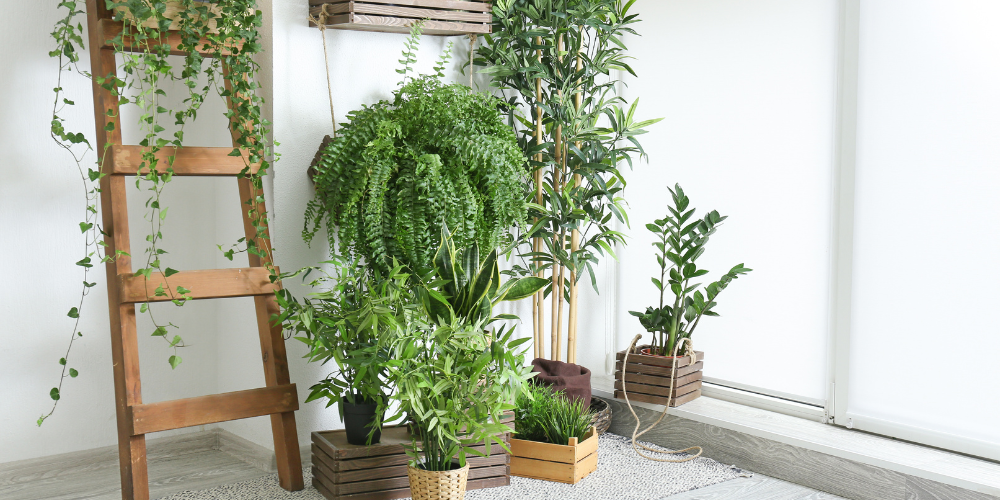
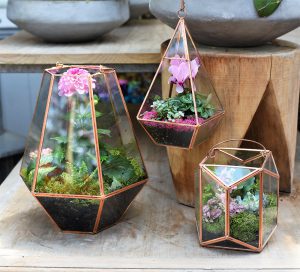
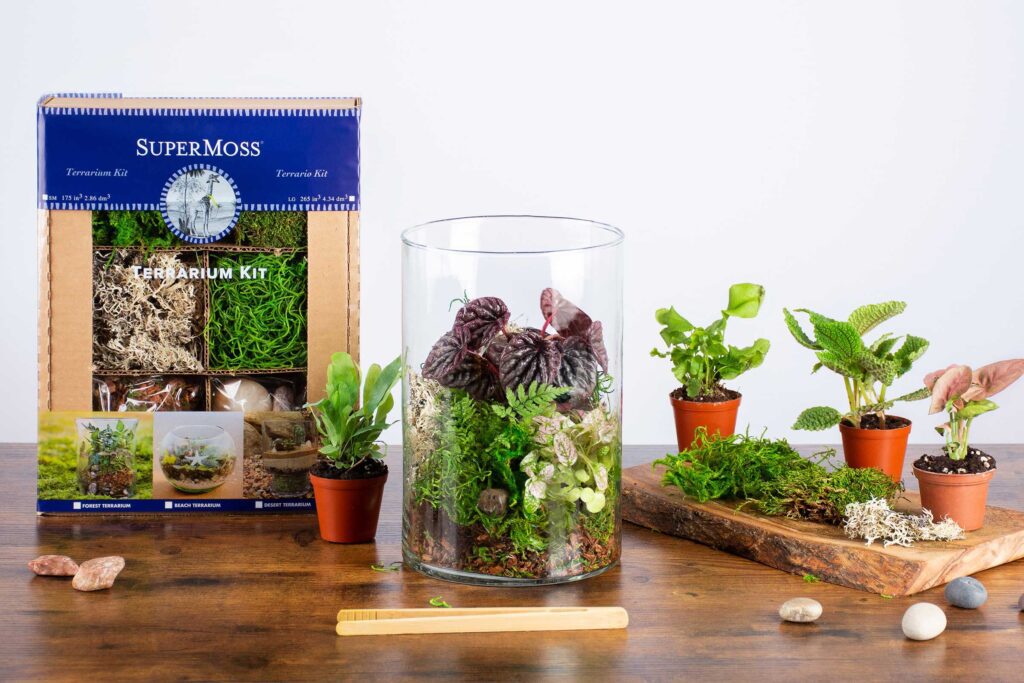
 Why We Love This Project
Why We Love This Project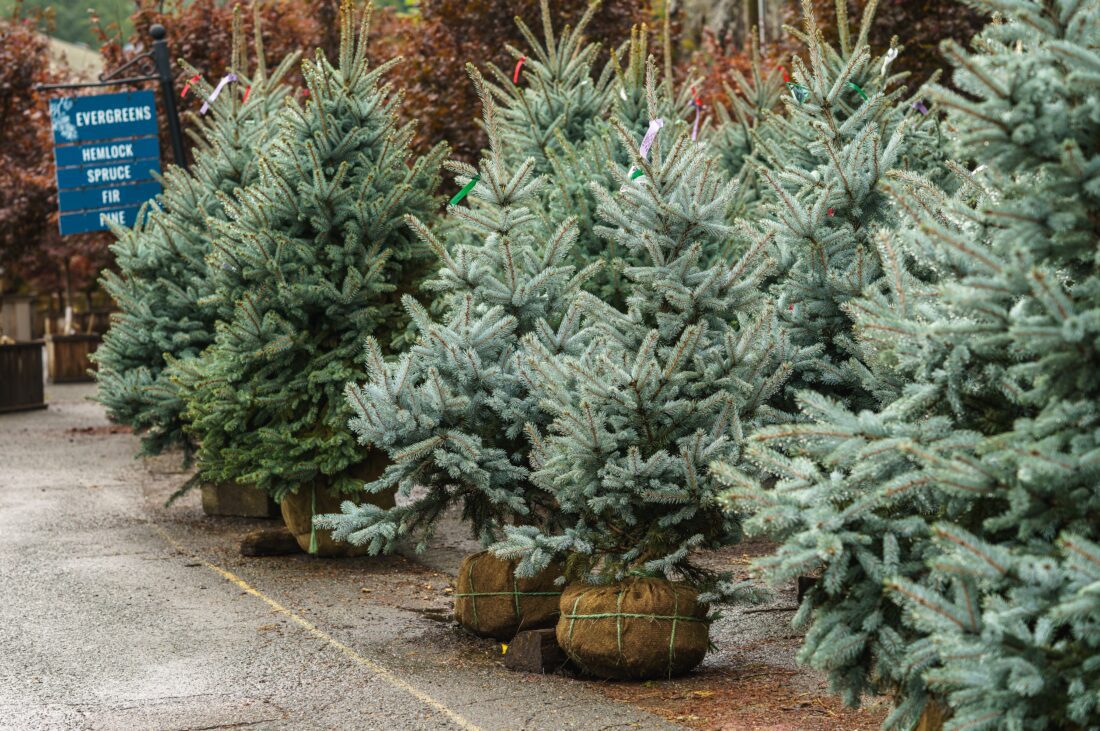



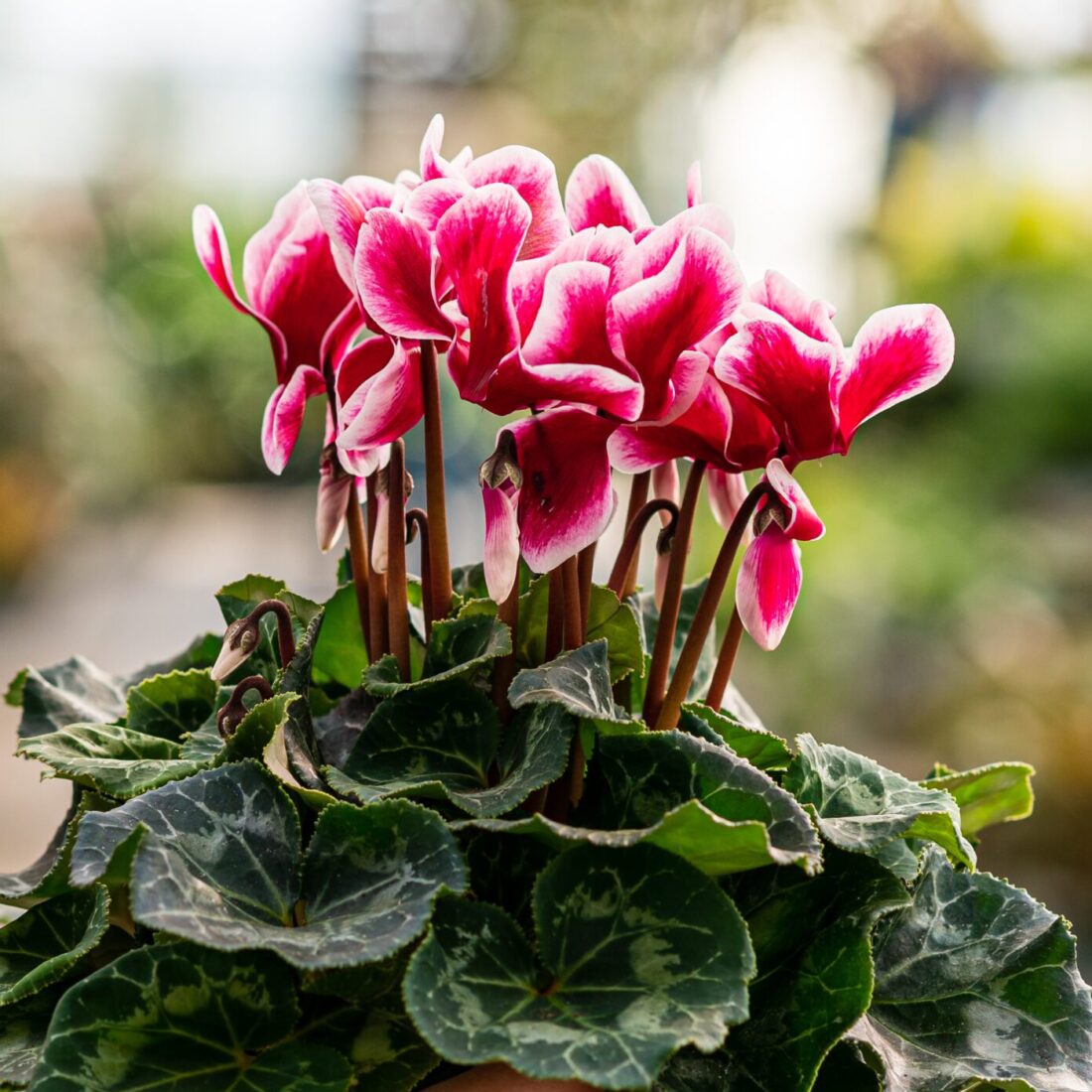


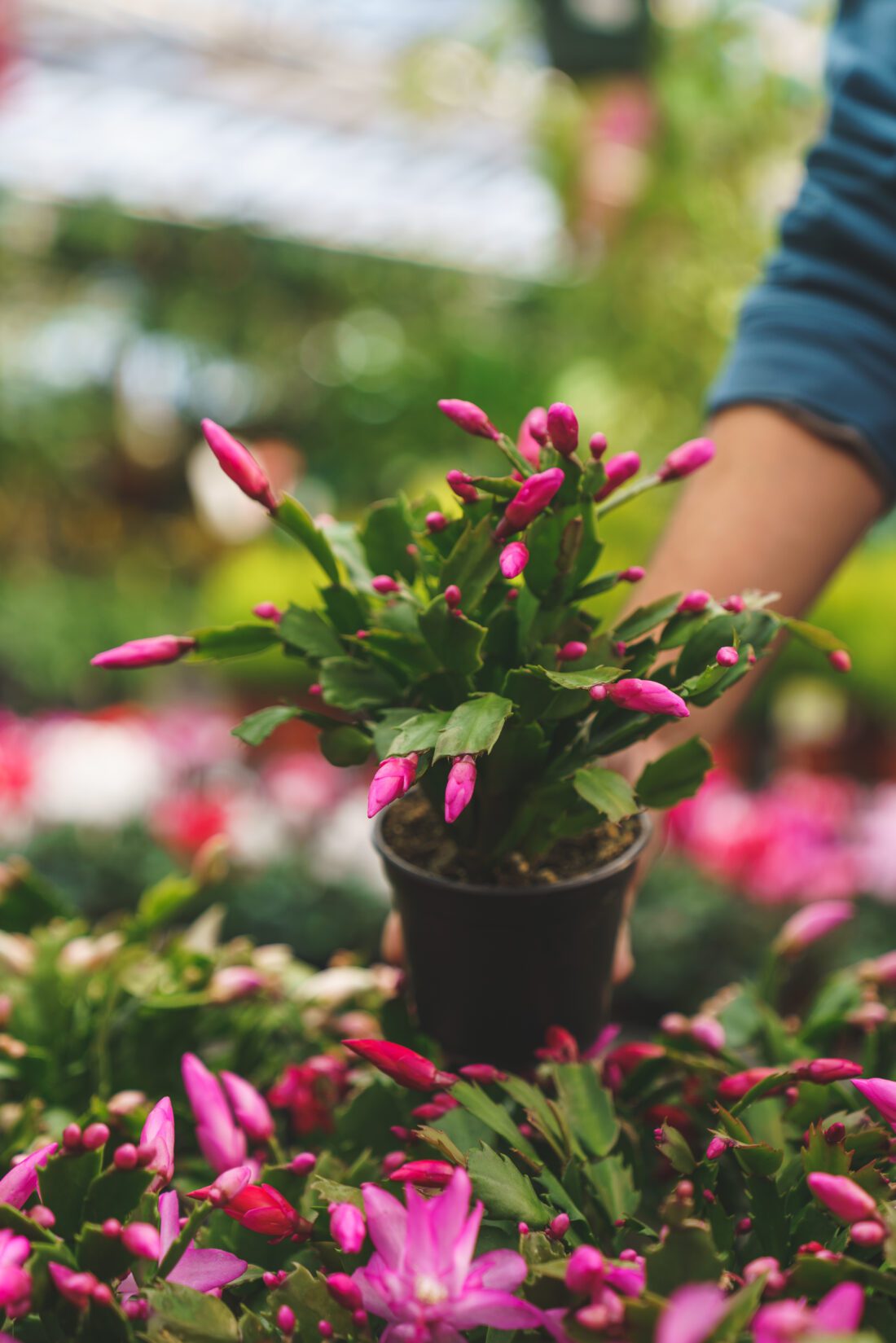
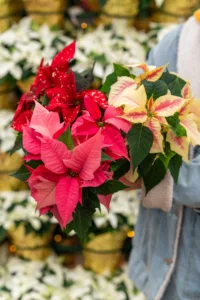
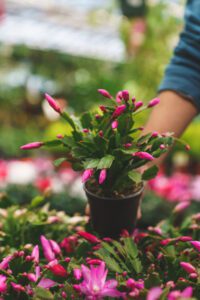 Christmas Cactus: The Blooming Winter Wonder
Christmas Cactus: The Blooming Winter Wonder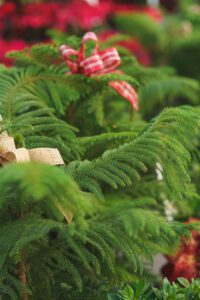 Norfolk Island Pine: A Mini Christmas Tree
Norfolk Island Pine: A Mini Christmas Tree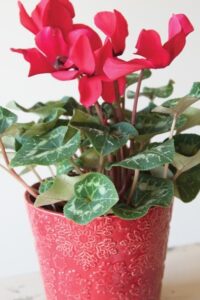 Cyclamen: The Winter Bloomer
Cyclamen: The Winter Bloomer Lemon Cypress: The Festive, Fragrant Evergreen
Lemon Cypress: The Festive, Fragrant Evergreen